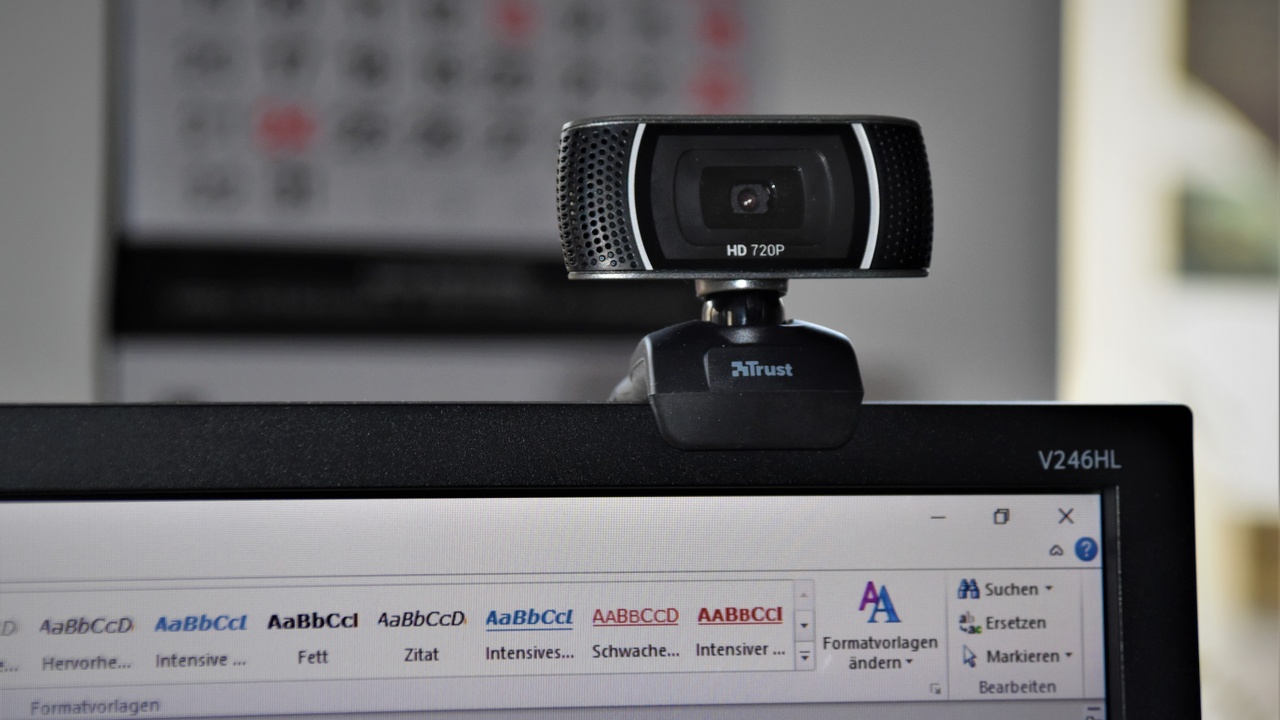How to Lead People without the Title

If your actions inspire others to dream more, learn more, do more and become more, you are a leader.
–– John Quincy Adams
By John Millen
Speaking at a company’s leadership meeting a couple of months ago on “Storytelling for Leaders,” I started with a poll question: “How many leaders do we have here today?”
It was a bit of a rhetorical question. I asked this knowing that the majority of the 300 people attending either had a leader title or knew they were identified as high potential.
I was momentarily surprised when only about half of the people identified themselves as leaders. I thought maybe it was a semantics problem in their culture.
Influencing other people
So, I said, “Let me reword the question, how many of you have to influence people to make things happen in your workplace?” Then I asked, “how many of you have to influence people in the rest of your life –– at home or in your community?”
Finally, the majority of people raised their hands.
This points to the problem with how most of us view “leadership” in business and other organizations. We tend to think of leadership as being something conducted by the five percent at the top of our organizations – you know, the CEO and the “leadership team.”
But the truth is we are all leaders in multiple parts of our professional and personal lives. The sooner you recognize this, the sooner you’ll confidently assert your leadership when and where it is most needed.
And more than that, the pandemic has leveled the playing field. Amidst all of the uncertainty, a leadership vacuum has been created. This means those who step into the role of leaders, no title needed, will be rewarded for meeting the challenge.
What is leadership?
A little bit of research will explain why this is true.
If you Google “What is leadership?” as I did just now, you’ll find 2.3 billion results. I didn’t have time to read them all, but what comes through is a multitude of meanings, such as “the action of leading a group of people or an organization” or “the state or position of being a leader.”
You’ll also find articles about “10 ways to define leadership” and “100 answers to the question, what is leadership?” This contributes to the feeling of a lot of people that leadership is the sole responsibility of the top dogs. It’s something ill-defined that other people do.
My definition is different and I think more practical. In my coaching and training, I say that leadership is “Influencing peoples’ attitudes, thinking or behavior to do what they would not do on their own.”
We are all leaders
This means that we are all leaders, or should be. You don’t need a title or position to lead, you just need to recognize your opportunities to lead others.
With the disruption that is happening in so many businesses today, your leadership, no matter where you sit, is critical to the successful transformation of your organization.
With the chaos of Covid, many of the top leaders of your organization are as lost as you might feel. The roller coaster of emotions and options about office-home-hybrid workplaces and hiring uncertainty undermines the confidence of even the best leaders.
Even these leaders with titles and responsibility for people often have a hazy view of what it means to exert their leadership. With this in mind, here are four practical tips for exercising your personal leadership:
1. Adopt the leader mindset
Confidence as a leader starts with your mindset. Change your awareness and focus on having an impact on your organization and your life. Step up into a growth mindset and see yourself as a force for change. Be a leader.
2. Lead without the title
You don’t need a position or a title to be a leader. You have a sphere of influence, which is that circle of people around you in your personal and business lives.
People need your leadership. Recognize opportunities to use your power within your own sphere. Identify those times when you have a clear idea of what should be done but you normally hold back.
Instead, speak up, take action or give direction. You don’t need a title. You don't need permission. Be a leader.
3. Ask for action
Influence should have results –– a call to action. What do you want them to do? Too many times meetings, in-person or virtual, become pointless sessions with information and opinions but no clear next steps, or action. Make decisions, move the process forward, give people clear direction. In other words, be a leader.
4. Learn the rules of influence
The best leaders I work with are also students of leadership. They continuously improve their leadership and communication skills to stay at the top of their game. You can, too.
Three of my favorite books will help you to develop your personal leadership skills:
Growth Mindset, the New Psychology of Success by Carol Dweck, a professor who for some thirty years has researched the mindset of successful people. The leadership of others begins with the leadership of yourself.
How to Make Friends and Influence People by Dale Carnegie, published in the early 1900s remains the classic manual for developing the skills of interpersonal leadership.
Influence: The Psychology of Persuasion by Dr. Robert Cialdini, a professor at Arizona State University. There are specific rules of influence, which have been scientifically confirmed by Dr. Cialdini, who provides many practical applications.
Many people get frustrated by situations they see and believe they are powerless to do anything. Many of them become professional victims, blamers and complainers.
You have more control than you might realize. Especially at this unique moment in history, you have agency when you take action.
The choice is up to you. I hope you choose to recognize yourself as a leader and take action to change your world.








